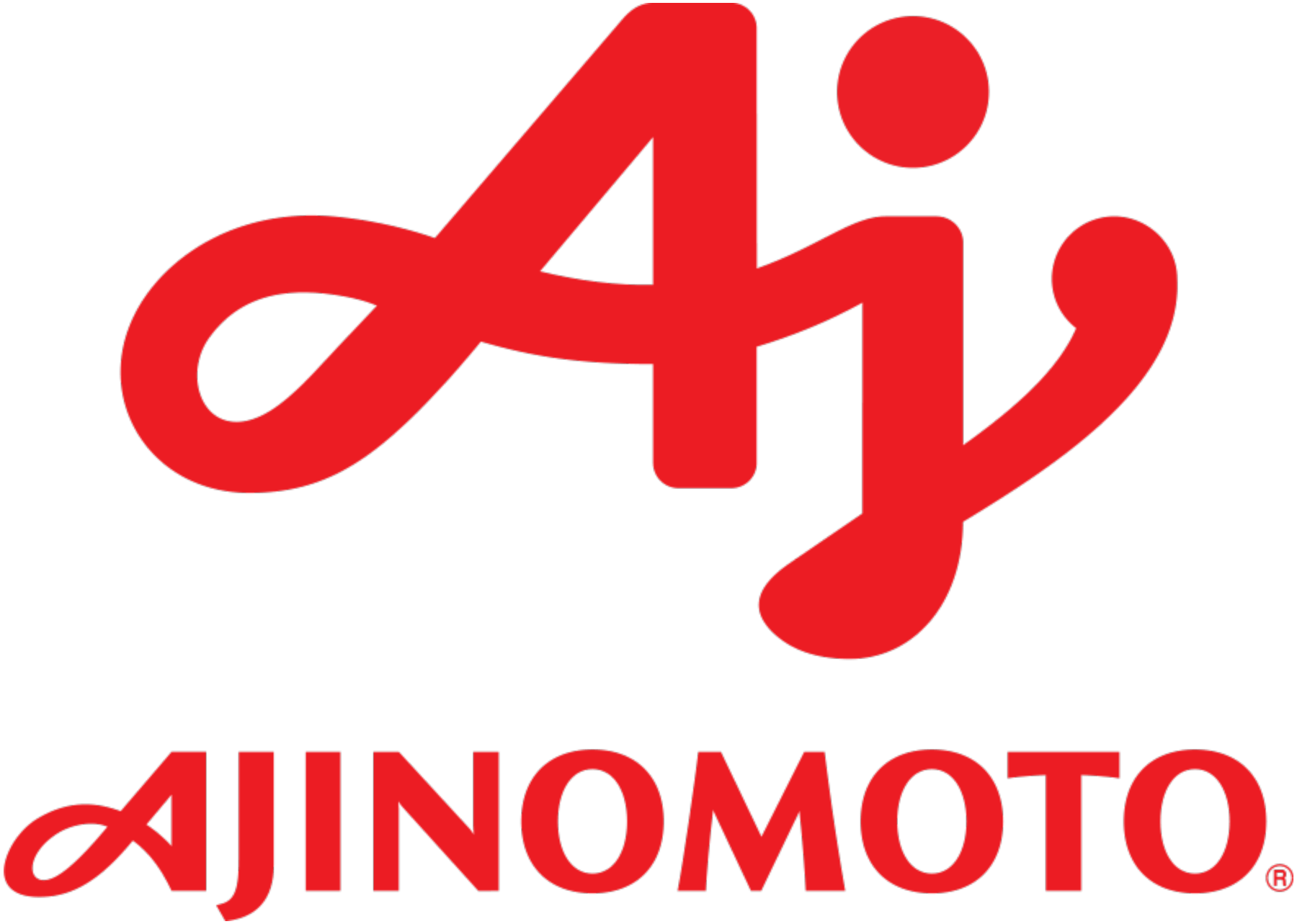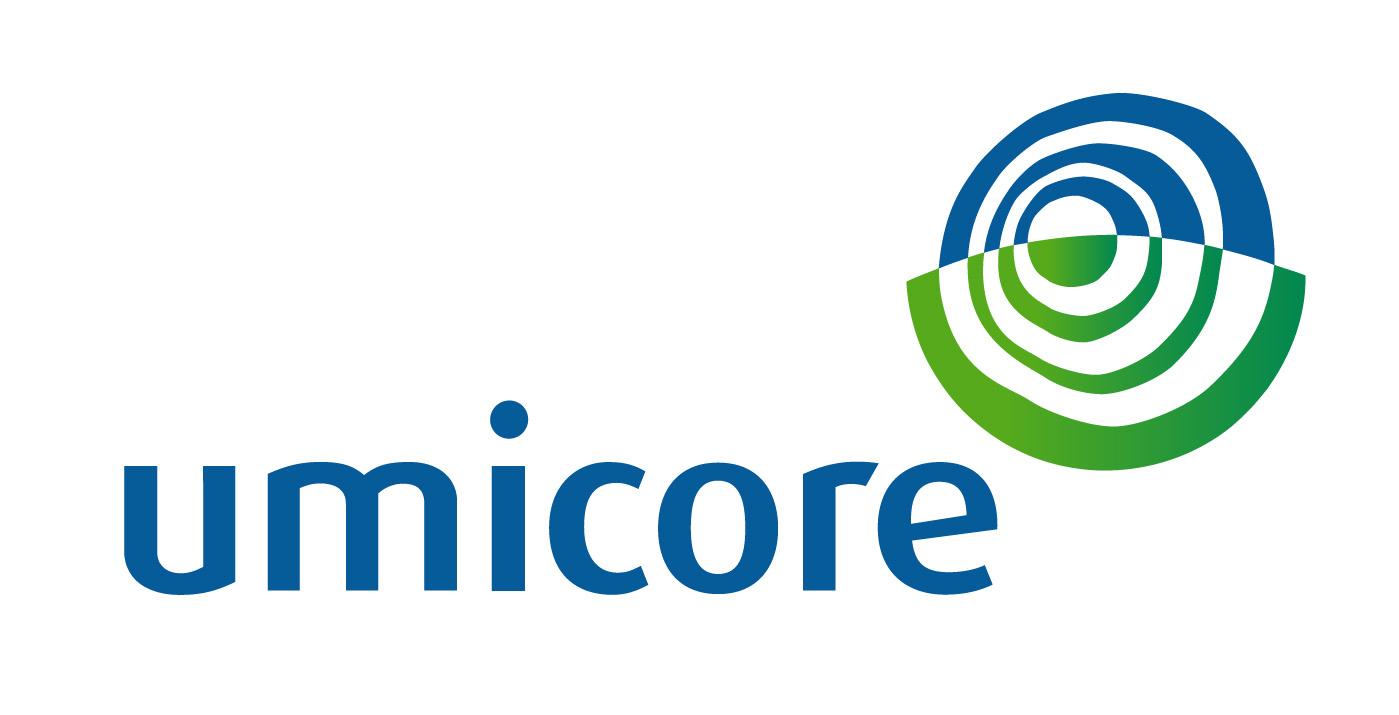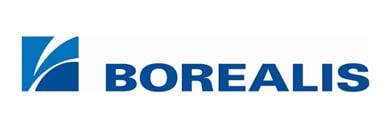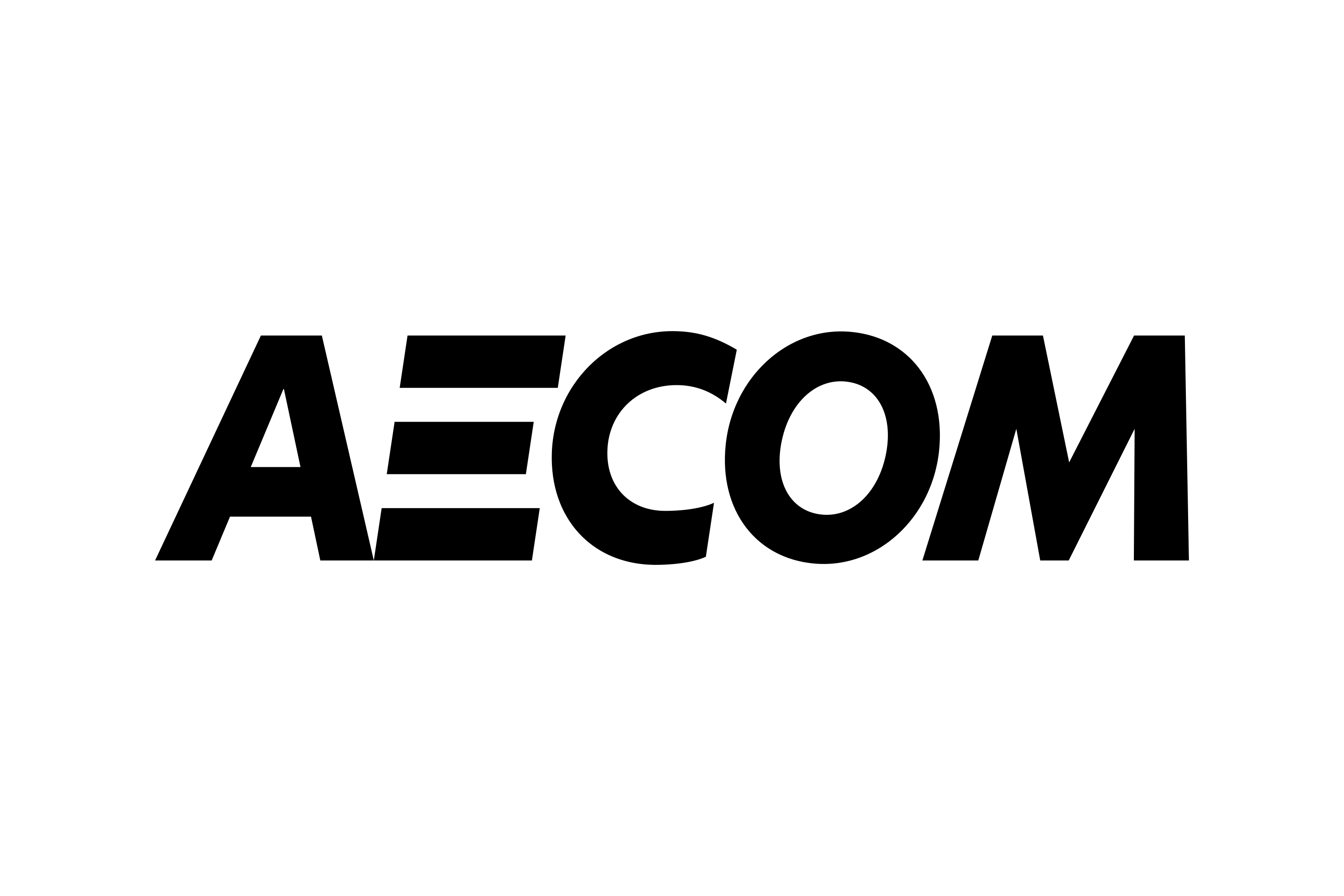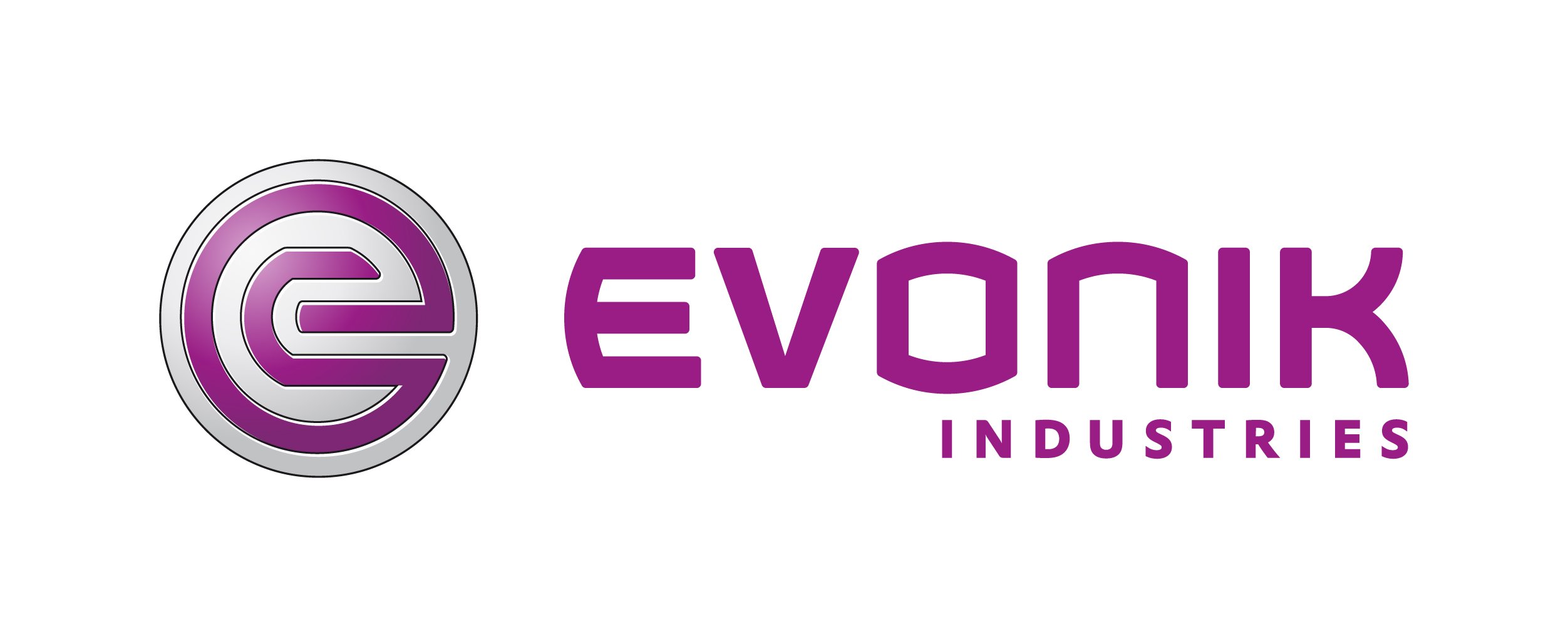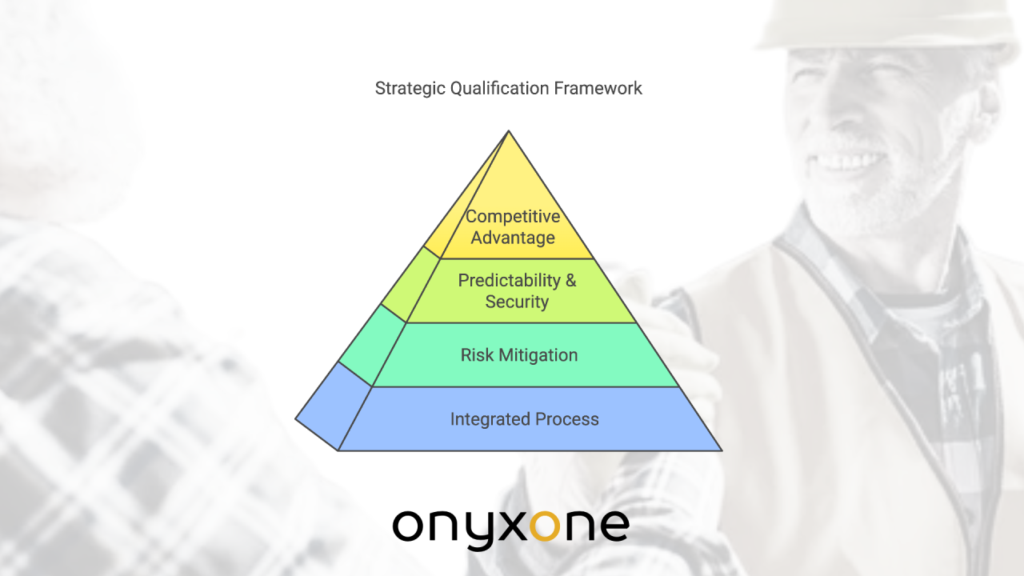
A project unexpectedly stalled. A fine running into the thousands of euros. A reputation tarnished in the blink of an eye. It sounds dramatic, but this is the reality of poor qualifications management for many companies. Behind these situations, there is often a seemingly small problem: a contractor with an expired certificate or who just does not meet the set requirements.
In this article, we explore the dual dimension of qualification management. On the one hand, there is the qualification of companies: are they reliable, certified and capable of performing complex assignments? On the other hand, there is the qualification of individuals: are employees adequately trained, have the right certifications and have the experience required for their tasks?
We look at how these 2 levels are inseparable. What happens if one of the links fails? What risks do clients and contractors run if they do not have these qualifications in place? And above all, what opportunities arise when both groups commit to a strong and integrated qualification process?
What can go wrong when qualification fails
Let’s start with a scenario: a large manufacturing company engages a contractor to perform maintenance on a critical system. The contractor’s company meets all paperwork requirements, but one technician on the team does not have the proper certification
No one notices this until an incident occurs. The result?
- For the hiring client: a two-week shutdown, a €100,000 fine, and damage to the client relationship.
- For the contractor: loss of trust, exclusion from future contracts, and high legal costs.
This situation could have been avoided with an integrated qualification system that monitors at both company and personal levels.
The Risks of poor qualification
Company-level qualification is the basis of trust
Certifications and permits: is the company able to operate according to legal and industry standards? Reputation and track record: has the contractor firm completed similar projects before?
Compliance with HSE regulations: how well does the company comply with safety and environmental regulations?
The problem? Many clients rely on outdated, manual processes or settle for basic information. This leaves room for errors with dire consequences. For example: a contractor may appear formally qualified, but work with subcontractors who do not apply the same standards.
Personal-level qualification is the last line of defense
Even if a company meets all qualification requirements, it is the responsibility of individual workers that determines whether a task is performed safely and effectively.
Certificates and training: Is the worker trained for specific tasks, such as operating a machine for which he has had no training?
Experience: has he or she worked in a similar context before?
Current compliance: are all personal certificates still valid?
In traditional qualification systems, this data is often overlooked because it is complex and time-consuming to keep track of. Yet it is precisely this final check that can prevent an incident.
More opportunities and less stress for contractors
Strong qualification processes are not only in the interest of clients. For contractors, they mean:
Competitive advantage: if a company can demonstrate that the organization and individual employees are compliant, this is a strong advantage in tenders.
Greater confidence: qualified firms are more often chosen for larger projects.
Administrative relief: modern systems make managing all data in one place easier.
How qualification goes wrong and what you can do about it
Many organizations still rely on outdated methods to manage contractor qualifications. Spreadsheets and separate checks may provide a basic overview, but they fall fundamentally short in two critical areas: reliability and scalability. These methods lack the intelligence to interpret complex data sets and make connections between corporate and personal qualifications.
What does that mean in practice? Without an integrated system, critical gaps remain invisible, such as an employee with an expired certificate being assigned to a high-risk project, or a subcontractor not meeting contractual compliance requirements. These types of blind spots are not minor operational problems, they are strategic weaknesses that lead to inefficiencies, incidents, and damage to trust between clients and contractors.
1 system, 2 winners
Qualification management transcends simple compliance; it is a critical building block for sustainable collaborations and operational excellence. Bringing corporate and personal qualifications together in an integrated process creates a system that structurally mitigates risk and strengthens performance. Clients thus gain assurance that each project is carried out by qualified companies and competent individuals. Contractors, in turn, distinguish themselves by not only meeting but actively exceeding expectations.
This is not a matter of meet or fail; it is a strategic choice. A choice for predictability, security, and strengthened competitive positions. Connecting all parties in a transparent, future-proof qualification system is not a luxury, but a necessity for those who want to continue to excel in an increasingly demanding environment.
Geert Peter de Oude CEO Onyx One
